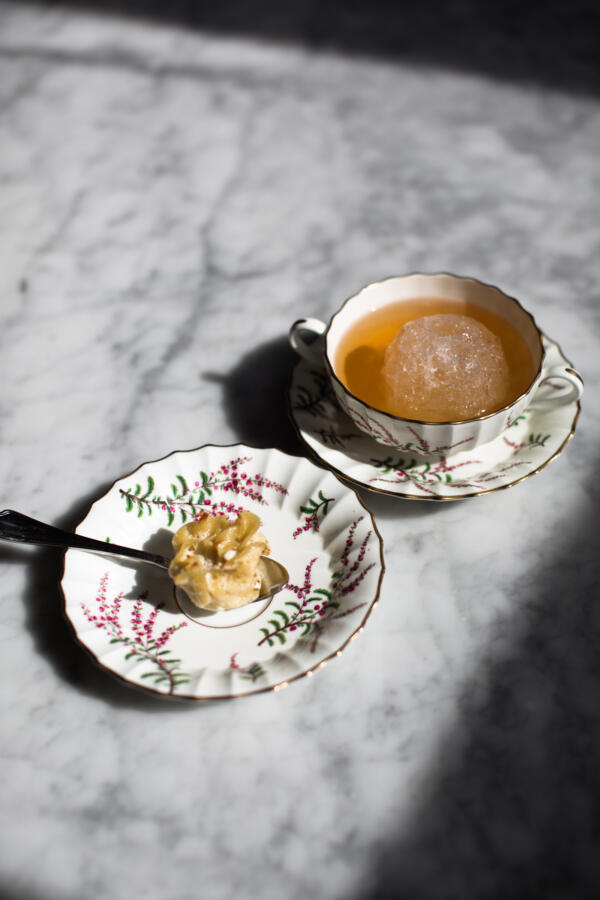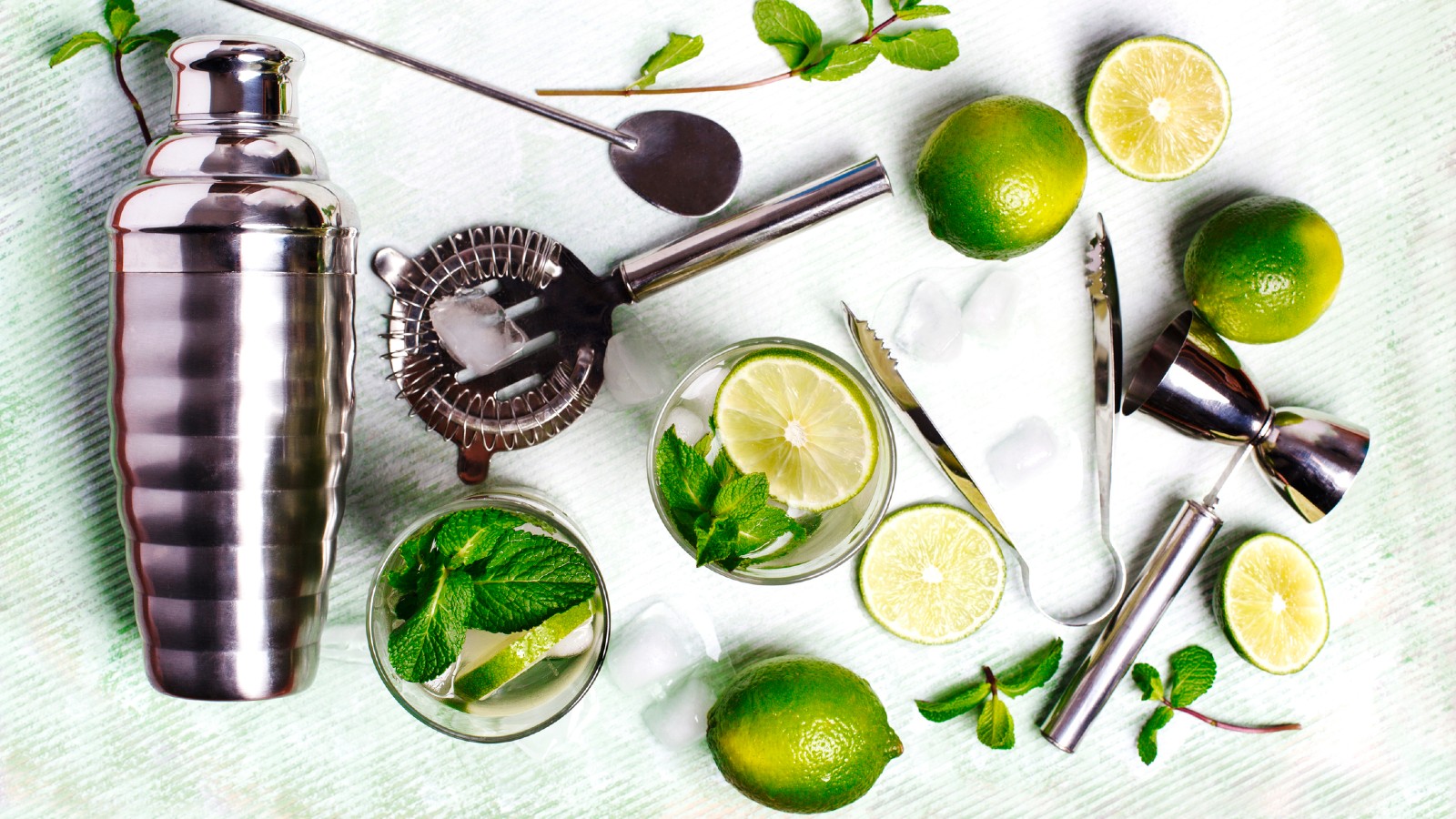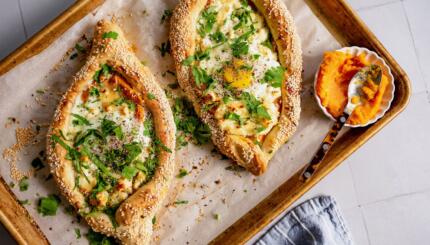It’s been a unique and challenging year for all of us; learning how to find joy and relax is more important than ever. One of our favorite ways to chill out is with a homemade cocktail.
Don’t know where to start? Well, you’re in luck! Jewish mixologist and Detroit native Chas Williams — you might know him as the previous head bartender at Ferndale’s Oakland Art and Novelty Company, or as the creator of the infamous Matzah Ball cocktail (made with real schmaltz!) — shared his top five tips for making your own cocktails.

1. Quality Not Quantity
Unlike cooking where leftovers can be a perk, proportions matter when making drinks, so portion size is something important to keep in mind. “People tend to make drinks larger at home than at a bar and that can make it more difficult to balance,” explains Williams. Plus, “the size can make it difficult to finish quickly. A cocktail is designed to be drunk quickly. For stirred drinks, this is done so they are cold and the flavors balanced, as the drink warms up the bitter, and alcohol flavors will become more prominent.”
2. Shaken and Stirred
Williams notes, “When you give a drink a good, hard shake you introduce tons of tiny air bubbles, this gives the drink a lighter, fresher texture.” Mixing a drink well, he explains, affects the temperature and dilution, so you should always stir for 20-30 seconds, and shake “very hard” for 10-15 seconds. “I always tell people it’s impossible to shake a drink too hard, but a poorly shaken drink will fall flat on your tongue.”
The Nosher celebrates the traditions and recipes that have brought Jews together for centuries. Donate today to keep The Nosher's stories and recipes accessible to all.
3. Remember Your Ratios
“Trying to remember a specific recipe or worry that you don’t have a specific ingredient is tough,” Williams acknowledges. An easy one to remember is “that any “old fashioned” drink is 2 ounces of any spirit and 0.25-0.5 ounces of any sweetener, with a few dashes of bitters.” If a sour is more your thing, remember “2 ounces spirit and 0.5-0.75 each of a citrus and sweetner — just make them equal amounts.”
“These ratios,” explains Williams, “allow for a lot more creativity at home… Rum with simple syrup and lime? Daiquiri! Tequila with lime and curacao? Margarita! Bourbon with lemon and simple? Whiskey Sour! Honey instead of simple? Gold Rush!”
4. Experiment With Flavors
When it comes to adding a touch of sweetness, there are many ways to go. “Use honey or maple syrup; make syrups with different sugars like palm or agave,” Williams recommends. And as long as you stick to the ratios, you can swap tequila for rum, or bourbon for Scotch. But remember, says Williams, “just like with cooking, it is important to use good ingredients… fresh juices and homemade syrups are all important to the final flavor.”
5. Mix From the Heart
Flavors bring back memories, and like the best home-cooked meals, the best drinks feature flavors that mean something to you. Without his fond memory of his grandma’s matzah ball soup with homemade chicken stock, we would have never seen the iconic matzah ball cocktail featured at the 2018 Bombay Sapphire Most Imaginative Bartender competition. For Williams, a number of his fall and winter drinks are inspired by his annual Rosh Hashanah trip to an apple orchard with his family.
Seeking a taste of Williams’ family memories? Check out this recipe for one of his delicious apple orchard-inspired cocktails, the Lammas.



